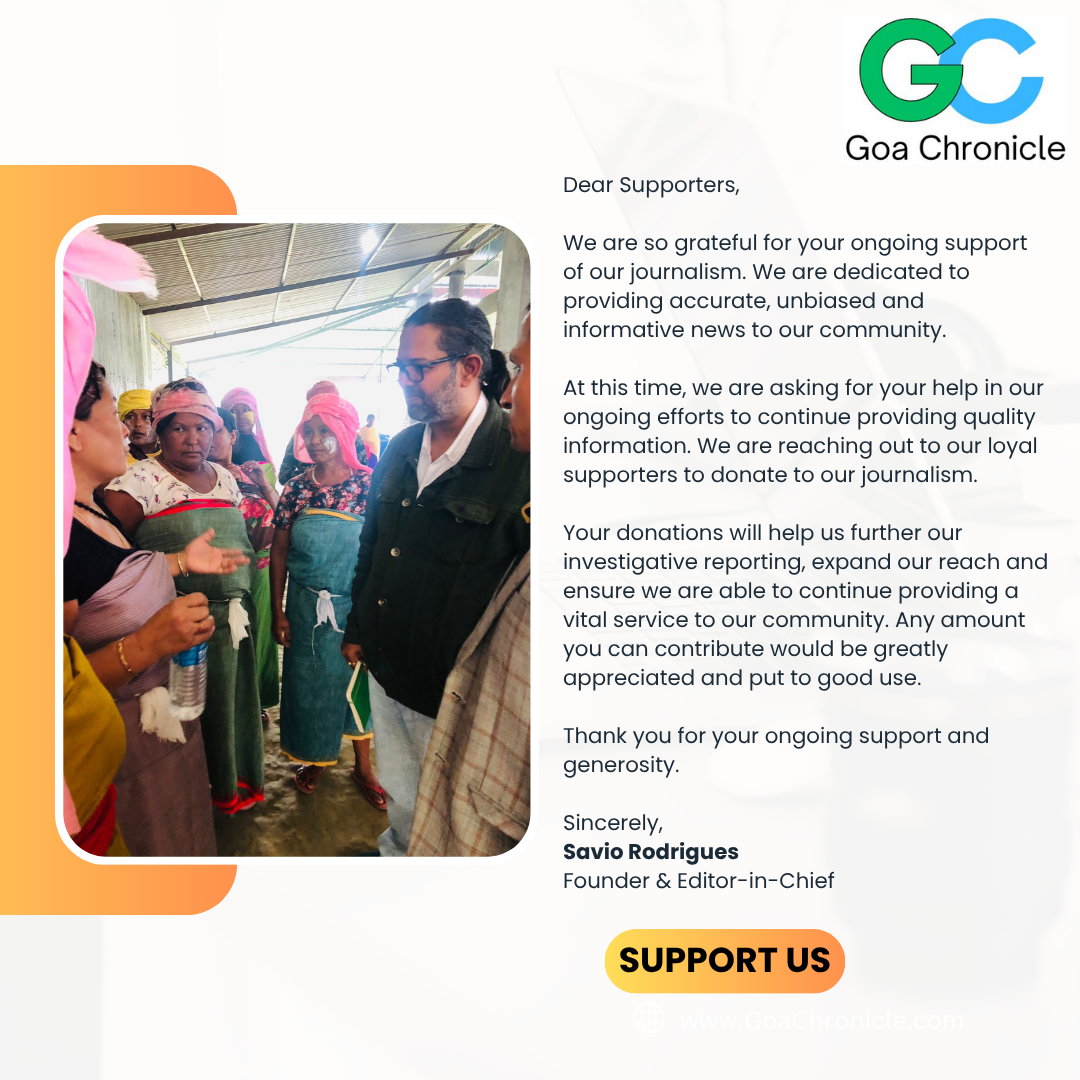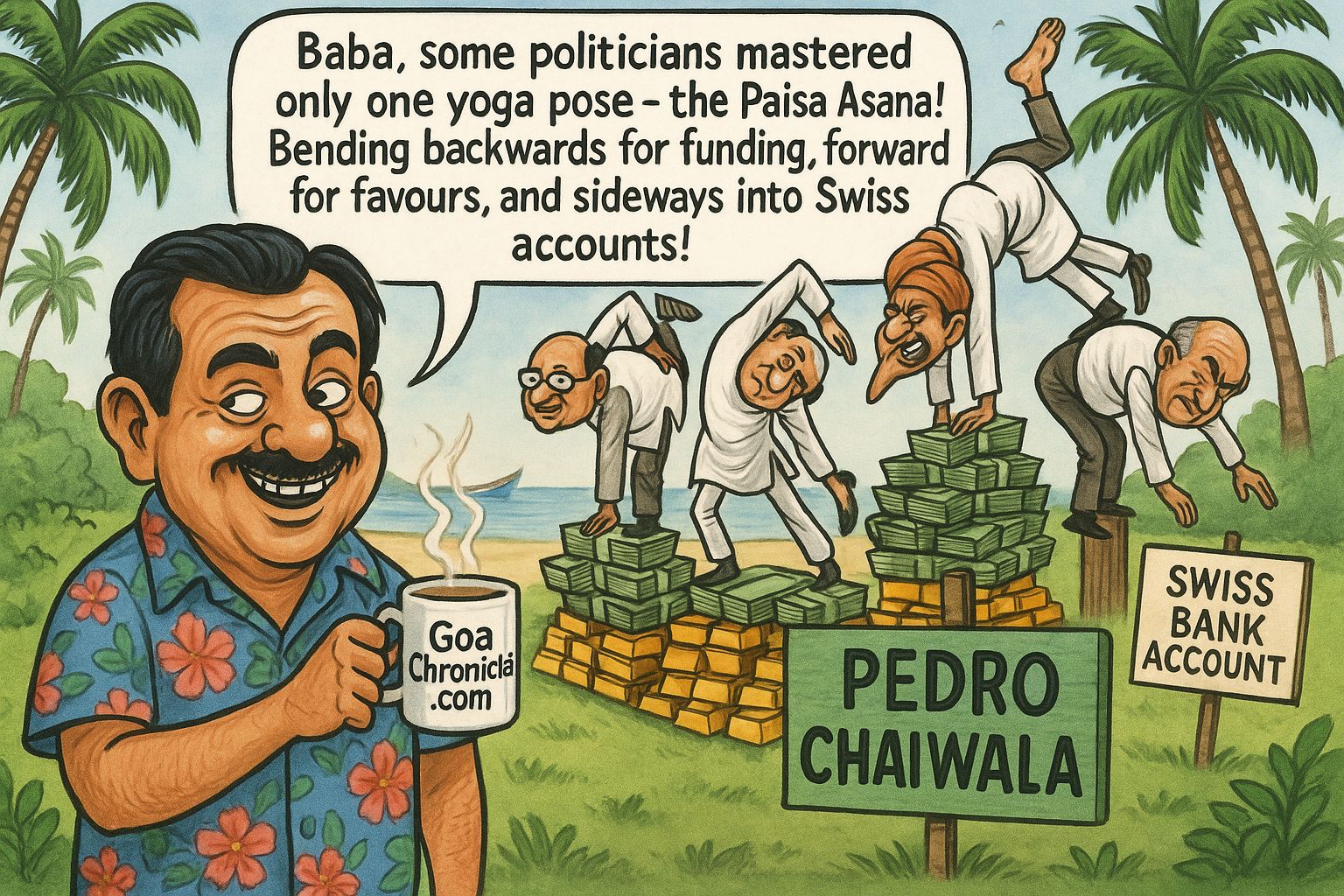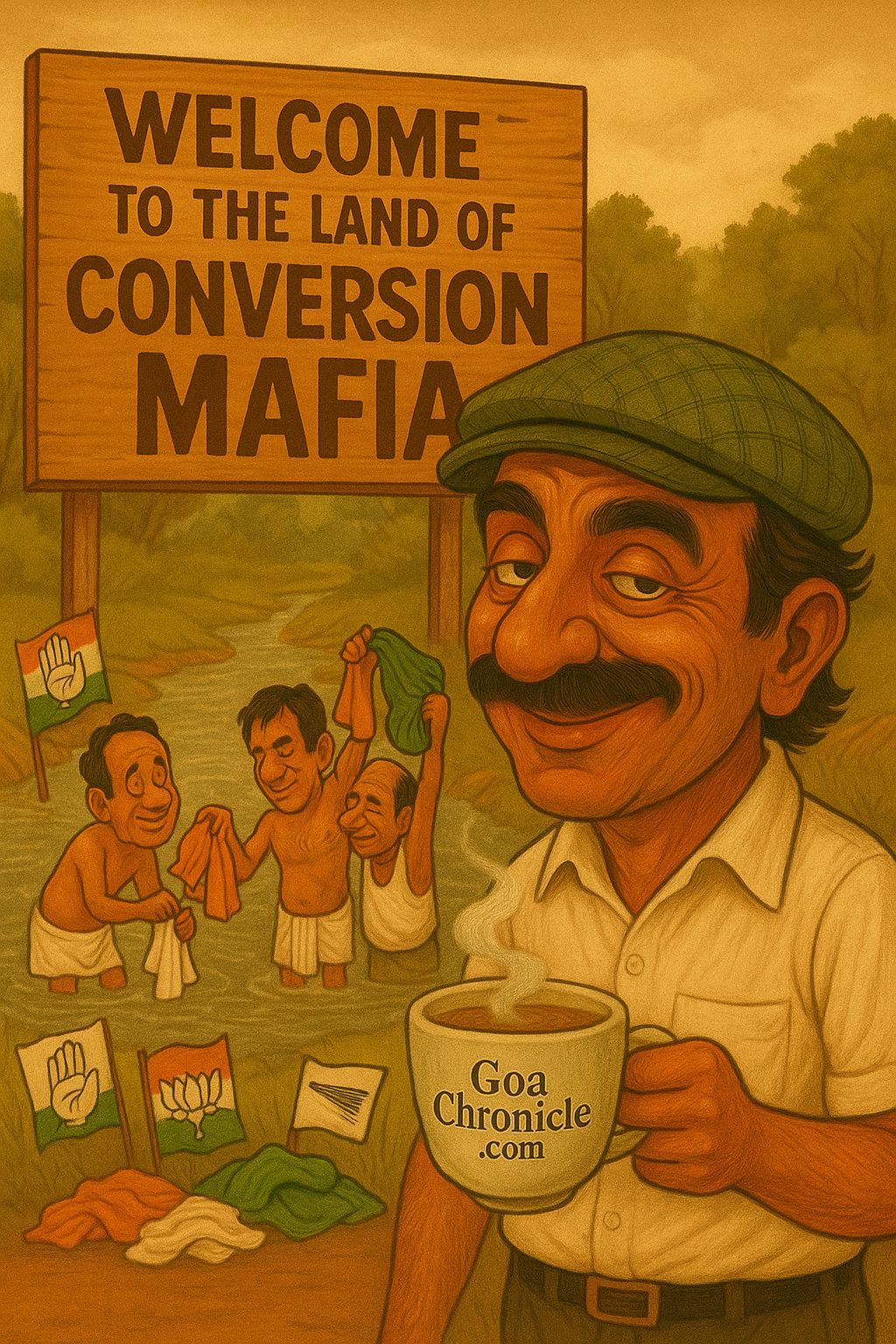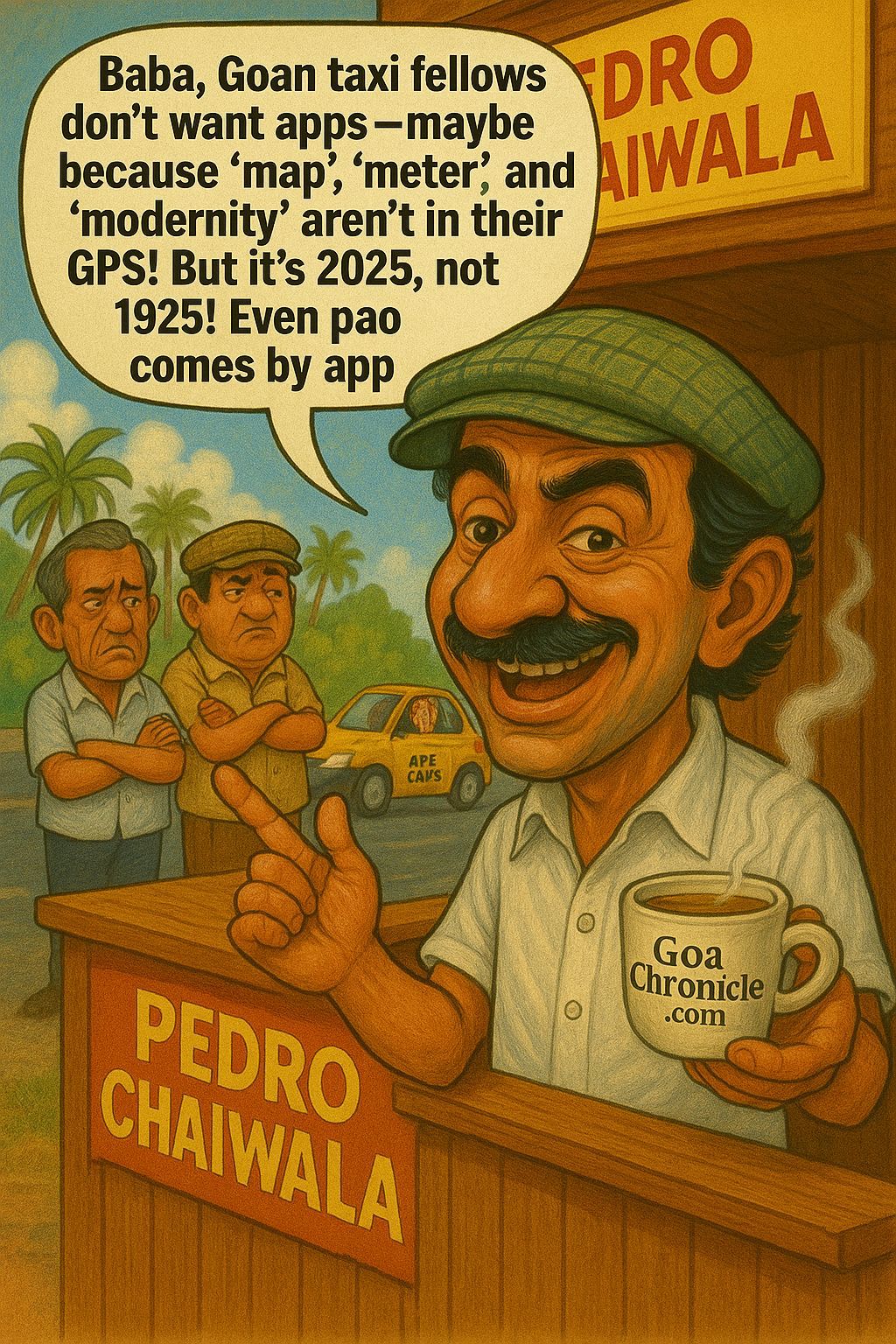Nepal is burning, and it would be naïve to believe that the flames are entirely of its own making. What is unfolding in Kathmandu today is a classic case of the Deep State playbook in action—a carefully engineered destabilization designed to fracture societies, erode state authority, and invite external control. India must pay close attention, because Nepal’s crisis is not an isolated domestic upheaval. It is a warning, and if India does not act with clarity and foresight, it will soon find the same tools being used against it.
The trigger, on the surface, was the Nepal government’s decision to ban 26 social media platforms including Facebook, YouTube, Instagram, and X. The official justification was to combat fake news, misinformation, and cybercrime. But in a country where more than sixty percent of the population is under the age of thirty, such a move was bound to spark fury. For Nepal’s youth, social media is not just a source of entertainment. It is their community, their political voice, and their window to the world. By pulling the plug, the government effectively suffocated a generation, and the inevitable result was an eruption of protests. What began as peaceful demonstrations quickly turned violent. Stones flew, barricades were erected, and blood spilled on the streets of Kathmandu. To the casual observer, this might look like poor governance or youthful restlessness. But anyone who has studied the patterns of destabilization knows the fingerprints of the Deep State when they see them.
The method is always the same. First, identify a vulnerable demographic—in Nepal’s case, its restless youth. Second, provoke a government into actions that appear repressive, thereby framing it as authoritarian and illegitimate. Third, escalate peaceful protests into violent confrontations that weaken state authority and create chaos. And finally, step in with external intervention, whether in the form of aid, mediation, or strategic partnership, thereby tightening external control over a weakened nation. It is the same script we have seen in the Arab Spring, in Ukraine, in Sri Lanka, and in Pakistan. Only the actors and locations change; the playbook does not.
Why Nepal? Because Nepal is not just another fragile democracy in South Asia. It is strategic real estate in the Himalayas, a buffer state between two rising powers, India and China. Whoever controls Nepal influences the Himalayan frontier and the flow of political currents in South Asia. For China, Nepal is a natural extension of its Belt and Road Initiative. Roads, hydropower projects, and infrastructure are already binding Kathmandu closer to Beijing’s orbit. A Nepal in turmoil will depend even more on Chinese capital and political backing. For the United States, Nepal is a useful counterweight to China, a place where Washington can expand its strategic presence under the pretext of supporting democracy and stability. The Millennium Challenge Corporation Compact is only one example of how the U.S. has deepened its foothold. And for India, Nepal is not simply a neighbor. It is an extension of India’s cultural and civilizational fabric, a porous border state whose instability has direct consequences for Indian security. When Nepal burns, sparks inevitably fly across into Bihar, Uttar Pradesh, and the entire Himalayan frontier. An unstable Nepal creates space for anti-India networks, for unchecked migration, and for the projection of external powers right on India’s northern doorstep.
India has seen this movie before, and the lessons are not encouraging. In Sri Lanka, Delhi misread the severity of the economic collapse until chaos forced its hand. In Pakistan, decades of instability have repeatedly spilled over into Indian territory through terror and propaganda. In Bangladesh, political unrest has triggered waves of illegal migration into India’s northeast. And in Nepal itself, India’s approach has alternated between neglect and heavy-handedness. The 2015 blockade is still fresh in Nepalese memory, and resentment from that period has been weaponized by China and Western powers to push India further away from Kathmandu. Every time India underestimates the cost of instability in its neighborhood, it ends up paying the price in blood, sovereignty, or strategic setbacks.
This is why India cannot afford to be complacent. It must recognize the Nepal crisis for what it truly is: a Deep State operation designed to fracture Kathmandu and weaken Delhi. India must not react to the script being written on the streets, but to the playbook directing it from the shadows. That means engaging Nepal’s youth directly, offering them avenues of cooperation and partnership that prevent them from falling entirely under foreign influence. It means strengthening intelligence cooperation with Nepal to track who is funding and fueling the protests, and ensuring that Kathmandu’s streets do not become a laboratory for anti-India experiments. It means being proactive in offering solutions and support, rather than waiting for Beijing or Washington to step in first. And above all, it means treating Nepal not as a subordinate state, but as a partner whose stability is vital for India’s own security.
Because here is the uncomfortable truth: the destabilization of Nepal is not just about Nepal. It is a rehearsal for India. The same tools being deployed in Kathmandu—digital disruption, youth mobilization, narrative warfare, chaos engineering—can and will be deployed against India. Already we see glimpses of it in the way digital campaigns are orchestrated in India, how small protests are amplified into “national crises” by international media, how NGOs and lobbies are used to weaken state authority, and how India’s own youth are being targeted with narratives of despair and disillusionment. The Deep State never plays on one board. Nepal today, India tomorrow.
For me, the crisis in Nepal is therefore not just an issue of foreign policy, but a direct national security challenge. If India allows Nepal to descend into long-term instability, it will not only lose its strategic buffer, it will open itself up to the same destabilization strategies. The cost of complacency is always higher than the cost of vigilance. History has shown this in Sri Lanka, in Pakistan, and in Bangladesh. India cannot afford to learn the same lesson yet again, this time on its northern frontier.
The Deep State thrives on disorder. It does not need to fire a bullet to break a nation. It only needs to weaken the social contract, fracture trust in institutions, and turn young populations against their governments. Nepal today is a textbook demonstration of that strategy. For India, the challenge is clear: act before the storm crosses the Himalayas. The playbook is open, the pieces are moving, and the question is not whether Nepal survives this crisis—it is whether India is awake enough to see the game being played right in its backyard.































